By Presleigh Johnson
Public History is everywhere. Whether it’s signs all over St. Augustine, reenactments, or surf culture exhibits, the Oldest City is a treasure trove of history. Being a Flagler College student is one of the best ways to learn about the St. Augustine community.
I stumbled across a reference in The Tatler of Society in Florida that caught my attention. The “Southern Ice Exchange Association,” it reported, visited the Hotel Ponce de Leon in February 1895. I wondered, “Why was there a professional association dedicated to ice, and why choose St. Augustine?” The more I researched, the less strange the meeting seemed.
In fact, the Southern Ice Exchange Association is still around, now known as the “Southern Ice Exchange,” and is “the world’s oldest regional association in the packaged ice industry.” Guess what? According to their website, they still host conferences at hotels in the South.
So, why did this association matter to St. Augustine? Today, ice seems like an obvious necessity in the hot Florida summer (or fall or winter or spring, for that matter). It’s in drinks all over St. Augustine, but it comes with a history that was once exciting and revolutionary to an earlier generation of Floridians.
In 1851, Dr. John Gorrie received the patent for an ice machine. His machine, originally intended to help cure yellow fever, ended up manufacturing ice. Gorrie has a connection to Florida. His home, now the John Gorrie Museum State Park, is located in Apalachicola, Florida. A monument dedicated to him was commissioned by none other than the Southern Ice Exchange.
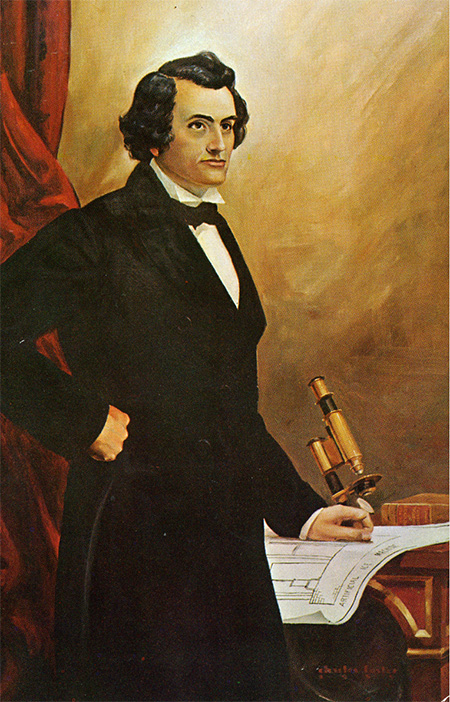
Dr. John Gorrie
(Photo Courtesy of St. Augustine Historical Society)
Ice history in St. Augustine, though, approximately began in 1876 — 19 years before the ice conference. In 1886, The Tatler dedicated an entire article to ice’s 10th anniversary in the Oldest City. A. Springer and son, Grant D. Springer, were credited as the ones bringing ice 10 years before. “The man who invented the method for manufacturing ice may be forgotten,” ran The Tatler article, “but he has conferred a boon on his fellows who live in warmer climates that can hardly be appreciated.” Gorrie might have been forgotten, but the Springers were remembered.

Advertisement from The Tatler of Society in Florida, February 1, 1896, page 13
(Photo Courtesy of St. Augustine Historical Society)
The Tatler went on to call ice a “necessary luxury to rich and poor alike,” while praising the ice industry’s investors. This luxury, according to the article, created access to “Northern and Western meats,” and dairy product prices were reduced. Importantly, oysters, clams and fish, previously only available near the coast, could be shipped to and savored by far-away regions.
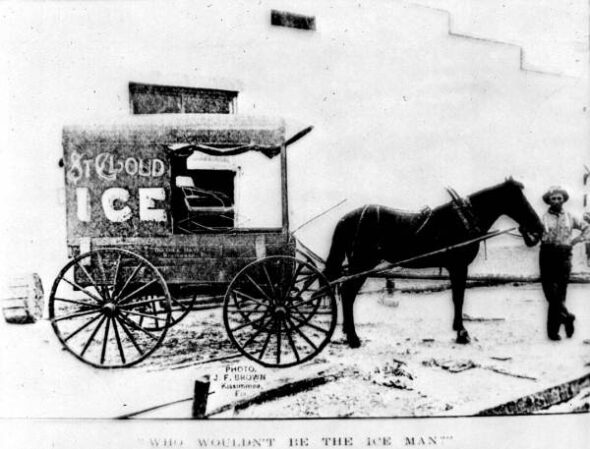
(Photo Courtesy of Florida Memory)
Just 10 years into enjoying St. Augustine’s ice, The Tatler raised a point we mostly take for granted: ice revolutionized our communities, our diets, our economies, and increased access to food from other parts of the country.
In 1905, St. Augustine’s Power & Ice Plant opened (the power plant opened in 1905 and the ice plant was added in 1907). Distilled water produced at the power plant could become ice for the community. St. Augustine had ice and power, both revolutionary in their own right.
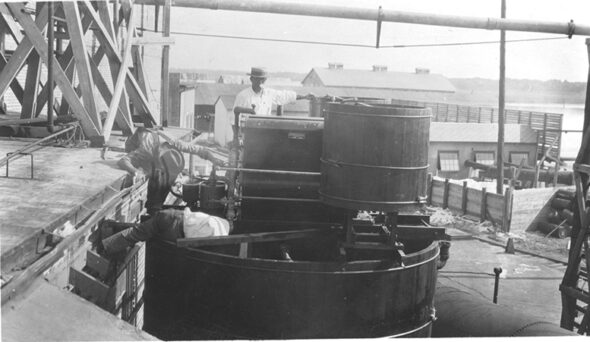
(Photo Courtesy of St. Augustine Historical Society)
From inside its walls, St. Augustine’s Power & Ice Plant serviced the community by producing ice, which was needed for fishing, shrimping and for hotels. As The Tatler article mentioned, distilled water was cheaper and could be used for cooking or drinking. Hotels even purchased ice to use for its guests. Ice was making an economic difference across multiple local — and lucrative — industries.
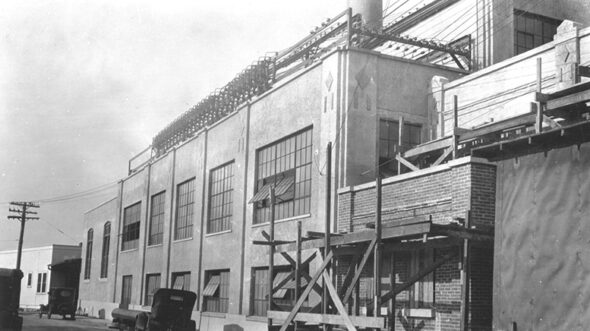
(Photo Courtesy of St. Augustine Historical Society)
The power plant changed hands multiple times until, years after the plant closed, the building was acquired to become the St. Augustine Distillery and the Ice Plant restaurant. A landmark of ingenuity and community economy, the building is now a popular destination to eat and see. The former plant is a preserved reminder of why ice matters to this coastal community.
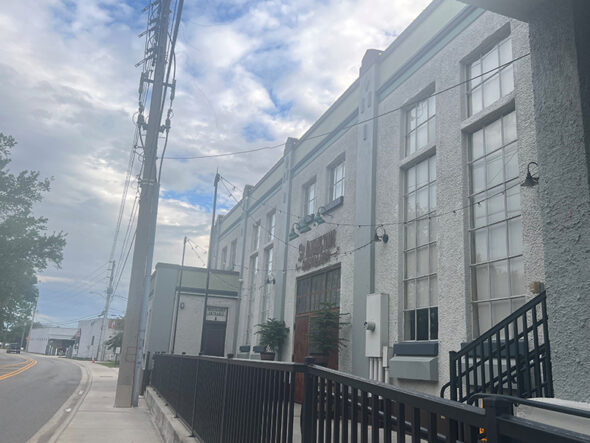
St. Augustine Distillery and Ice Plant on April 24, 2023
(Photo Courtesy of Presleigh Johnson)
Ice unlocked a world of opportunity. It helped local industries like shrimping and fishing grow their economic impact while the city was given more access to regional food products. The lifestyle of St. Augustinians — and the rest of the South — was changed. Now, you could put ice in your drink, use it to cool off in the summer and take part in a multi-regional industry.
Today, ice fills up our glasses of sweet tea, our water tumblers and even our coffees. We use ice every day, even in colder months, not thinking how these little cubes were a little luxury with a meaningful history for this city, the South and the nation.
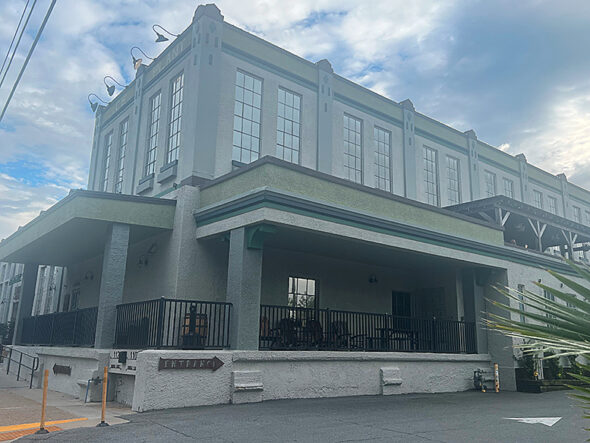
(Photo Courtesy of Presleigh Johnson, November 2019)
I, for one, could not imagine an afternoon without iced coffees or summers without ice-cold water. Products we consume everyday have a history and an existence we often take for granted. The next time you fill up your glass, imagine what your world would look like without this technological discovery.
Click here to learn more about St. Augustine’s Power & Ice Plant’s history.
Check out more information on John Gorrie and his museum here.

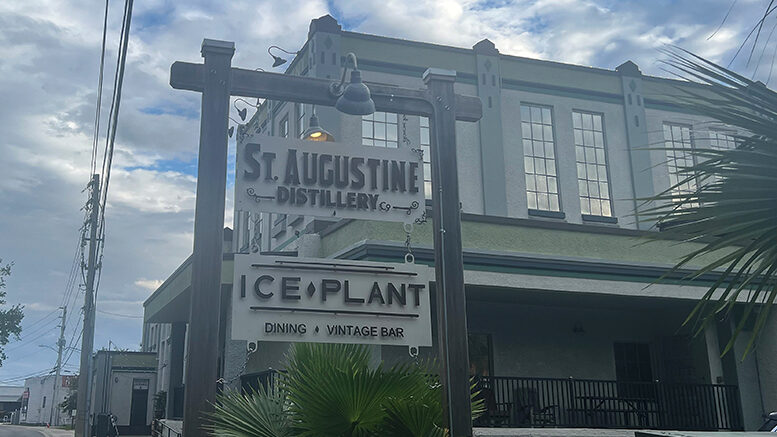

Be the first to comment on "Ice: A Cool History of St. Augustine"